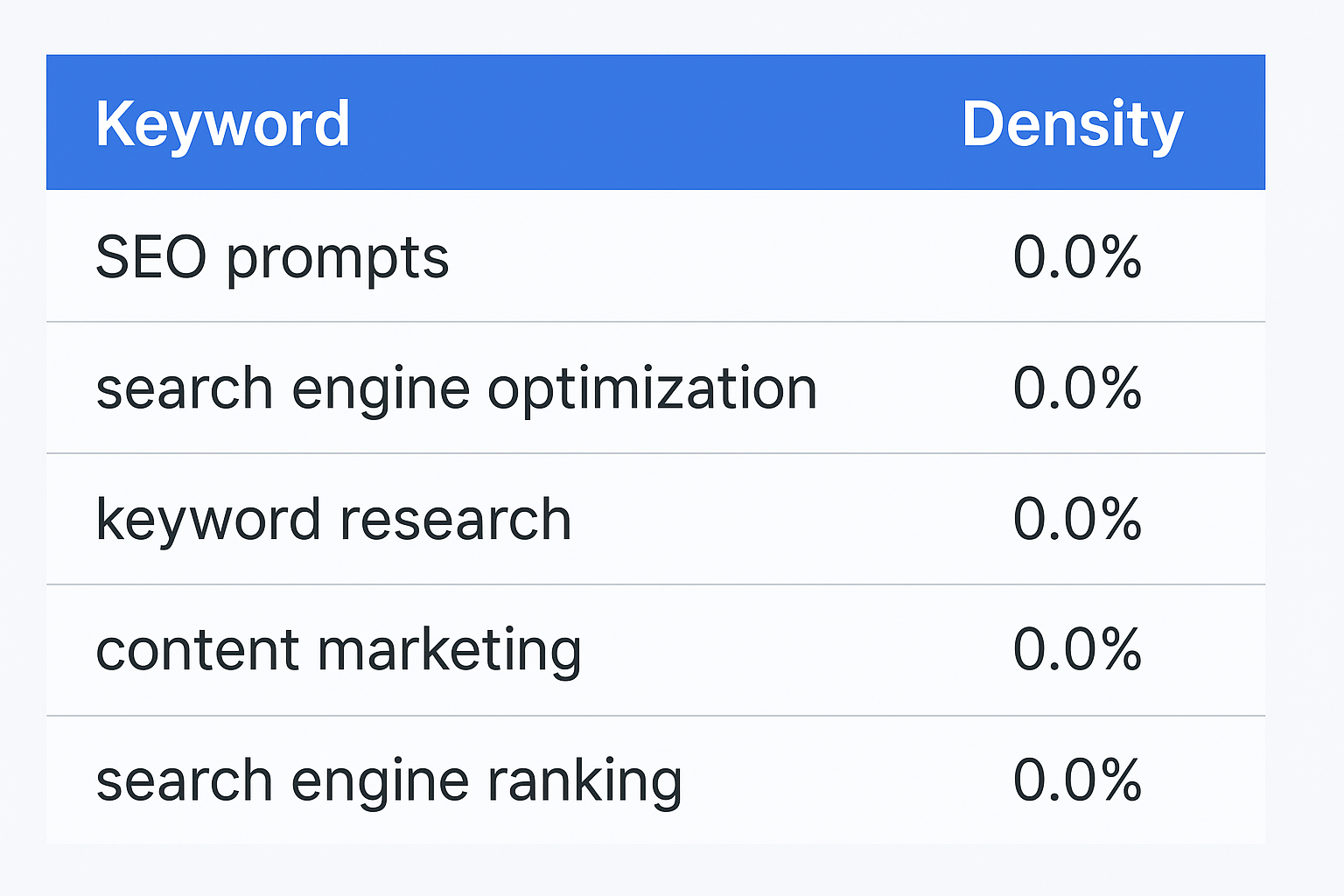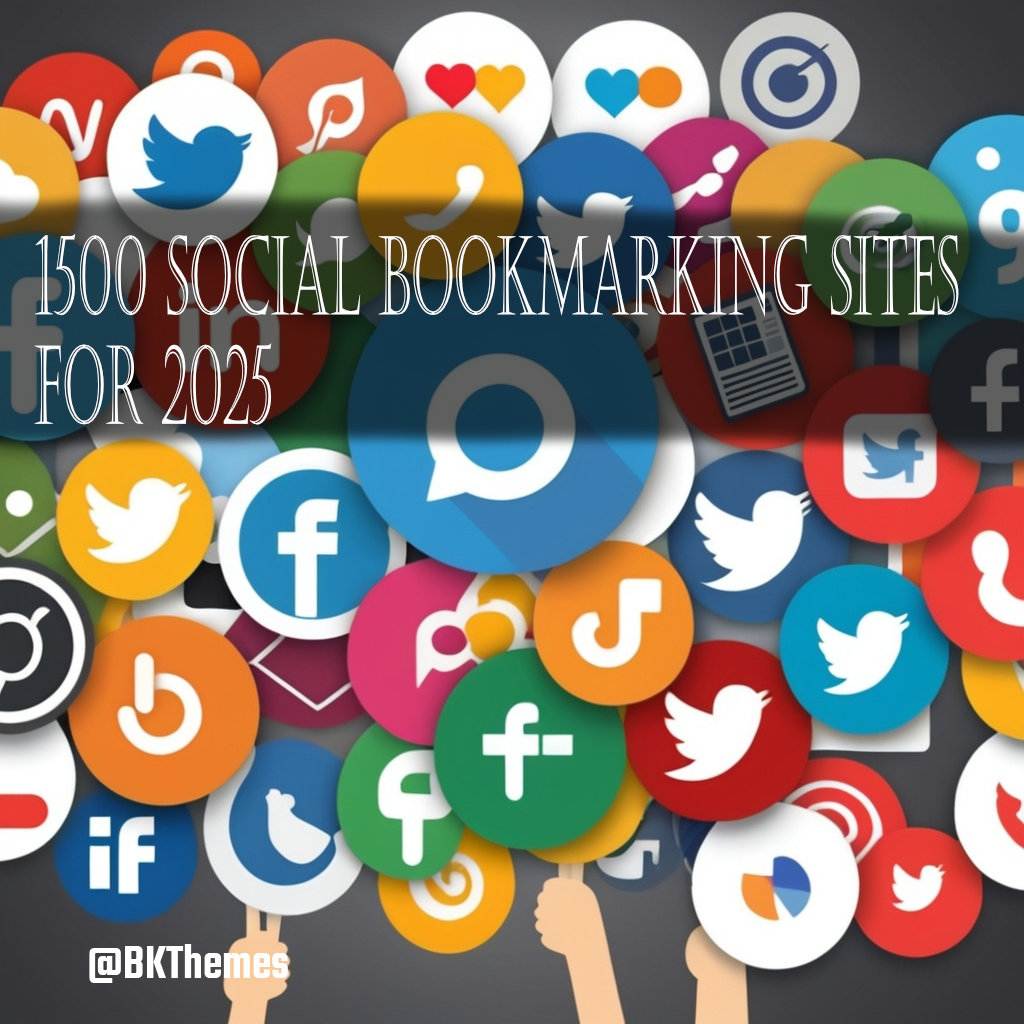Top 10 SEO Mistakes Web Designers Still Make in late 2025
Introduction: Why SEO Still Matters in Web Design
Search engine optimization (SEO) and web design are no longer separate disciplines. In 2025, user expectations are higher than ever, and Google’s algorithm updates continue to prioritize seamless digital experiences. Yet, many designers still make critical SEO errors that sabotage site performance, ranking potential, and conversions.
In this article, we’ll explore the top 10 SEO mistakes in web design, why they matter, and how to avoid them. Whether you’re a designer, developer, or marketer, avoiding these pitfalls can dramatically improve both usability and visibility.
The Relationship Between Web Design and SEO
How user experience impacts search rankings
Google evaluates engagement metrics like bounce rate, dwell time, and click-through rate. A poorly designed site—even with great content—will struggle to rank if visitors leave within seconds.
The role of technical design in organic traffic
Design choices directly affect crawling, indexing, and ranking. Navigation, structured data, and mobile compatibility determine how search engines understand and value a site.
Top 10 SEO Mistakes in Web Design (2025 Edition)
1. Ignoring Mobile-First Indexing
Google fully switched to mobile-first indexing years ago, yet many sites still prioritize desktop layouts. A site that doesn’t adapt seamlessly across devices risks ranking penalties and poor user engagement.
2. Slow Page Speed and Unoptimized Images
Large background videos, oversized PNGs, and uncompressed assets kill page speed. Since Core Web Vitals prioritize load times, this mistake is one of the most damaging for rankings.
3. Poor Core Web Vitals Performance
[Designers) sometimes prioritize aesthetics over usability. Layout shifts, long input delays, and slow rendering frustrate users—and Google tracks all of it.
4. Not Using Semantic HTML5 Tags
Using <div> for everything makes it harder for crawlers to understand page hierarchy. Proper use of <header>, <article>, <section>, and <footer> improves both accessibility and SEO.
5. Overlooking Accessibility in Design
Ignoring alt text, contrast ratios, and screen reader compatibility hurts both accessibility compliance and search performance. Accessibility overlaps heavily with [SEO best practices).
6. Excessive Use of JavaScript Without Proper SEO Setup
Single-page applications (SPAs) and JS-heavy designs often block bots from crawling key content. Without prerendering or server-side rendering, rankings plummet.
7. Weak Internal Linking Structures
Pretty navigation menus aren’t enough. Without strategic internal links, authority flow suffers, and important pages stay buried.
8. Forgetting Schema Markup and Structured Data
Search engines reward context. Without schema, rich snippets and featured results are harder to win, even if the site has great content.
9. Designing Without Keyword Strategy
Some designers treat SEO as an afterthought. But without keyword-driven page structures, even the most beautiful site won’t rank for its target audience.
10. Ignoring Technical SEO Basics (404s, Redirects, XML Sitemaps)
Broken links, messy redirects, and missing sitemaps create crawling issues. These “small” errors silently erode rankings over time.
How to Fix These SEO Mistakes in Web Design
Mobile-first and responsive frameworks
Use CSS frameworks like Tailwind or [Bootstrap 5) with mobile-first principles. Test designs in Google’s Mobile-Friendly Test tool.
Speed optimization techniques
Compress images with tools like TinyPNG, implement lazy loading, and use next-gen formats like WebP and AVIF.
Accessibility and inclusivity in design
Follow[ WCAG 2.2) guidelines: add alt attributes, ensure color contrast, and use ARIA roles where needed.
Future-proofing your site with AI SEO tools
Leverage AI-powered auditing tools like SurferSEO or SEMrush to identify weaknesses early and improve on-page optimization.[dsm_faq dsm_make_accordion_toggle="on" dsm_open_faq_item="on" dsm_enable_schema_markup="on" dsm_animate_icon="on" dsm_icon_placement="right" _builder_version="4.27.4" _module_preset="default" global_colors_info="{}"][dsm_faq_child dsm_title="What are the most common SEO mistakes web designers make?" dsm_content="Slow speeds, mobile neglect, weak internal linking, and ignoring accessibility are among the top offenders
" _builder_version="4.27.4" _module_preset="default" global_colors_info="{}"][/dsm_faq_child][dsm_faq_child dsm_title="Does web design really affect SEO rankings?" dsm_content=" Yes. Layout, coding practices, and usability directly affect crawling, indexing, and engagement metrics.
" _builder_version="4.27.4" _module_preset="default" global_colors_info="{}"][/dsm_faq_child][dsm_faq_child dsm_title="How can designers balance creativity and SEO?" dsm_content="By designing for both humans and search engines—creative visuals backed by structured content and technical optimization.
" _builder_version="4.27.4" _module_preset="default" global_colors_info="{}"][/dsm_faq_child][dsm_faq_child dsm_title="Is accessibility important for SEO in 2025?" dsm_content="Absolutely. Google increasingly values accessibility signals, and inclusive design improves user experience for everyone.
" _builder_version="4.27.4" _module_preset="default" global_colors_info="{}"][/dsm_faq_child][dsm_faq_child dsm_title="Should schema markup be handled by designers or developers?" dsm_content=" Ideally, both. Designers plan structured layouts, while developers implement schema code for search engines
" _builder_version="4.27.4" _module_preset="default" global_colors_info="{}"][/dsm_faq_child][dsm_faq_child dsm_title="What tools help identify SEO mistakes in web design?" dsm_content="Google Lighthouse, PageSpeed Insights, Screaming Frog, and SEMrush are excellent tools for spotting design-related SEO flaws.
" _builder_version="4.27.4" _module_preset="default" global_colors_info="{}"][/dsm_faq_child][/dsm_faq]## Conclusion: Building SEO-Friendly Designs in 2025
SEO is no longer just about keywords—it’s about creating holistic, user-first experiences. By avoiding the top SEO mistakes in web design, you’ll build websites that are beautiful, accessible, and highly discoverable.
Designers who master this balance will thrive in 2025 and beyond, while those who ignore SEO risk losing visibility, traffic, and conversions.
👉 Want to dive deeper? Check out Google’s official Web Vitals documentation for actionable design-SEO insights




